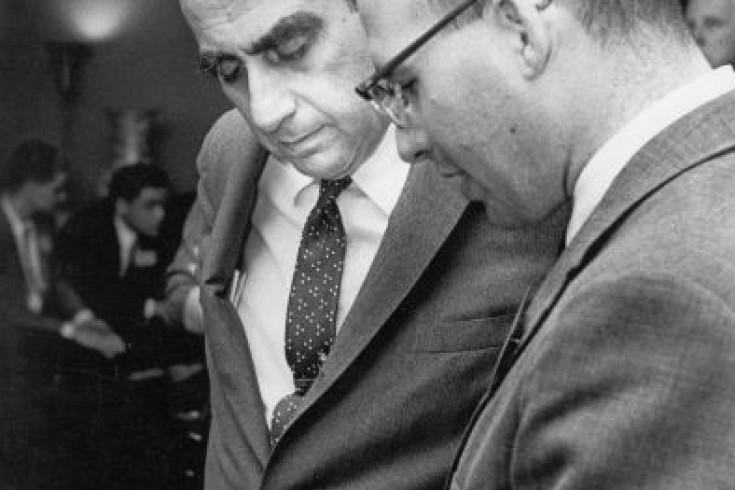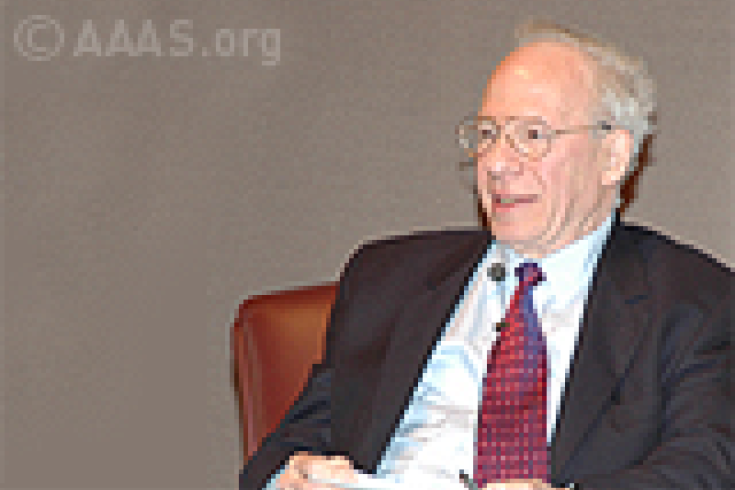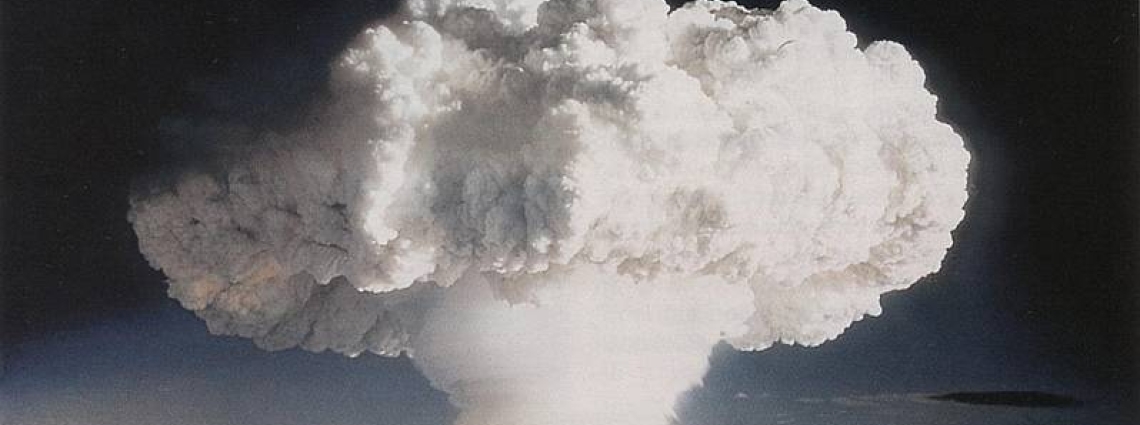Eminent physicist Dr Richard Garwin will be one of the keynote speakers at the S&T 2011 conference in Vienna on 8 June
Almost 50 years after the first hydrogen bomb, code named Ivy Mike, was tested by the United States in 1952, The New York Times received a transcript of a recording by Dr Edward Teller, the theoretical physicist who became known as ‘the father of the hydrogen bomb’ describing the bomb’s secret history. "So that first design," said Teller, "was made by Dick Garwin."

‘Ivy Mike’- the first hydrogen bomb ever tested
On the basis of my experience in the nuclear weapons program, I agree with those U.S. military leaders who have reviewed the benefits and costs to U.S. security from a CTBT and strongly support the Treaty. Our national security will be improved by ratification and impaired by further delay. It is thus greatly in our interest to ratify the CTBT now.
Over five decades of involvement in nuclear weapons technology
Dr Richard L. Garwin is one of the most widely respected scientific advisers to the United States government on a range of issues including the safety of nuclear weapons and arms control. In addition to his key role in the design of nuclear weapons, he has made major contributions to a number of fields such as instruments and electronics for research in nuclear and low-temperature physics; computer elements and systems, including superconducting devices; communication systems; the behaviour of solid helium; the detection of gravitational radiation; and military technology.

A modern thermonuclear weapon
Supporting the CTBT’s entry into force
Garwin has also spent much of his career promoting arms control and warning about the need to halt the proliferation of nuclear weapons. In his concluding remarks to the Senate Foreign Relations Committee Hearing on the Comprehensive Nuclear-Test-Ban Treaty (CTBT) on 7 October 1999, Garwin stated: “On the basis of my experience in the nuclear weapons program, I agree with those U.S. military leaders who have reviewed the benefits and costs to U.S. security from a CTBT and strongly support the Treaty. Our national security will be improved by ratification and impaired by further delay. It is thus greatly in our interest to ratify the CTBT now.”

Dr Edward Teller and Dr Richard Garwin, Oct 1960
Dr Richard Garwin, Influencing science and science policy since the 1950s
Garwin joined the IBM Corporation as a scientist in 1952, with the proviso that he could spend one third of his time working with the U.S. government on matters of national security. Over the years, Garwin has advised administrations — both Republican and Democrat — on such diverse topics as antisubmarine warfare, military and civil aircraft, sensor systems, ballistic missile threats, satellite reconnaissance and new technologies in health care. He served on the President’s Science Advisory Committee from 1962 to 1965 and from 1969 to1972, and was chairman of the Arms Control and Nonproliferation Advisory Board for the Department of State from 1994 to 2001. Over the past 15 years, Garwin also participated in several of the influential JASON studies on stockpile stewardship. The U.S. Department of Energy’s Stockpile Stewardship Program ensures the safety, security and reliability of the country’s nuclear weapons without nuclear testing.

Dr Richard Garwin
11 Feb 2011
